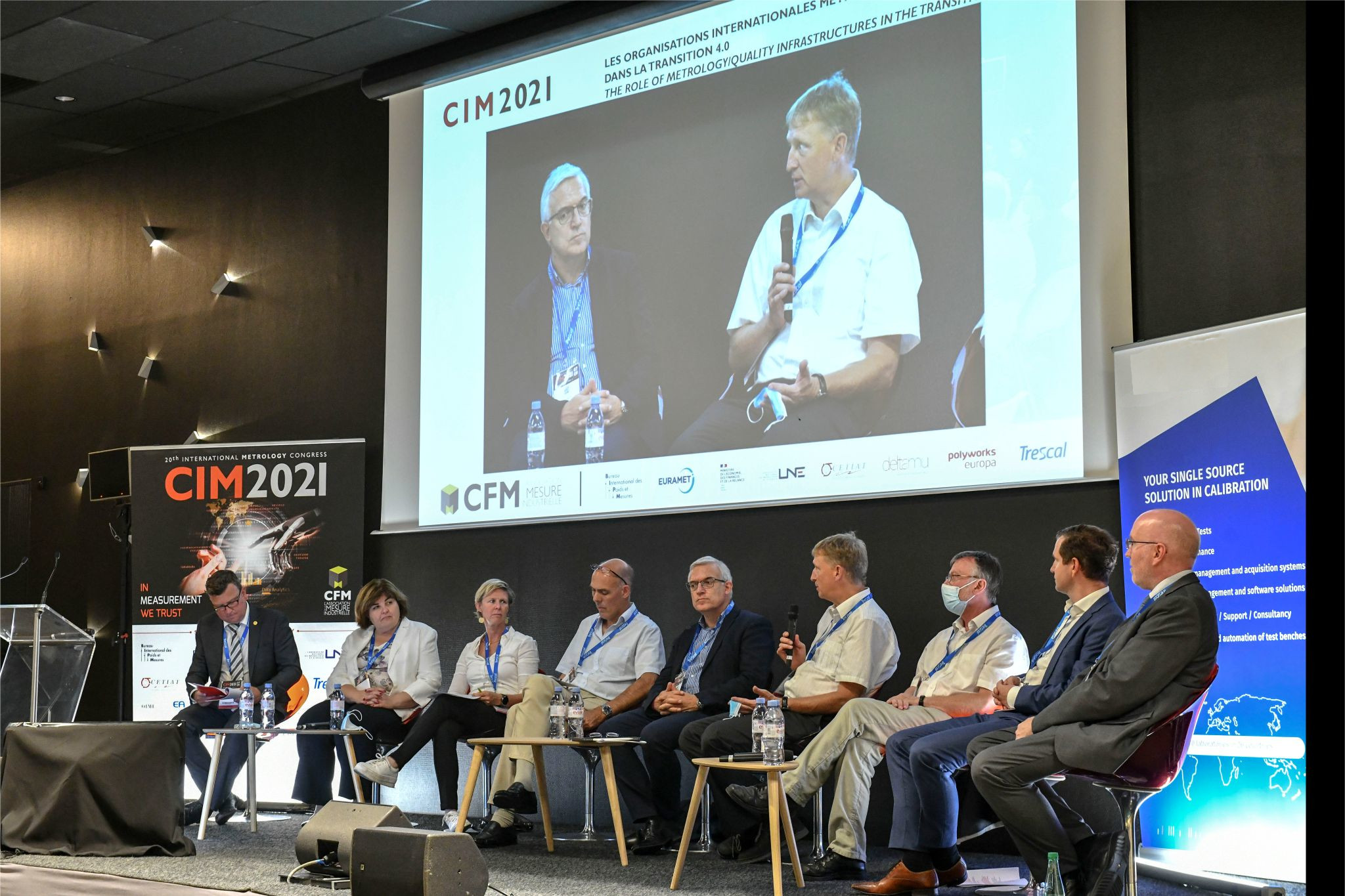
ILAC-G18:12/2021 – Guideline for describing Scopes of Accreditation has been published and is now available from https://ilac.org/publications-and-resources/ilac-guidance-series/
This version is a major revision of ILAC-G18:04/2010 as a result of the publication of ISO/IEC 17011:2017 as well as an extension of the scope of the document to include proficiency testing providers and reference material producers.

Trinidad & Tobago Bureau of Standards (TTBS), Trinidad & Tobago West Indies, is welcomed as an Associate Member of ILAC. TTBS has been an Affiliate member since 1998.
We welcome TTBS as an Associate Member and look forward to continuing working with our TTBS colleagues.

The latest version of ILAC-R1:12/2021 Management of ILAC Documents has been published and is available from https://ilac.org/publications-and-resources/ilac-rules-series/
This publication is a revision of ILAC R1:03/2018 to take into consideration the revised Articles of Association and Bylaws published in November 2019 as they relate to the comment and voting processes for the development, revision and publication of ILAC documents. In addition, out of date references and minor editorials have also been addressed in this latest version.

The Ghana National Accreditation Service (GhaNAS), Ghana, is welcomed as an Associate Member of ILAC. GhaNAS has been an Affiliate member since 3 April 2019.
We welcome GhaNAS as an Associate Member and look forward to continuing working with our GhaNAS colleagues.

World Accreditation Day (WAD)
World Accreditation Day was celebrated on 9 June with the theme:
“Accreditation: Supporting the Implementation of the Sustainable Development Goals (SDGs).”
This was again primarily celebrated on-line this year, with many well attended webinars held globally including the Joint IAF/ILAC event hosted by the Joint Working Group Communications Co-chairs, Brahim Houla and Veronica Ramirez, and with presentations from UNIDO and ISO CASCO.
The engagement on social media around this event with our members and accredited CABs continues to grow each year and was of a high standard.
COVID-19 Update
IAF, ILAC and ISO, under the coordination of the IAF/ILAC/ISO Joint Strategic Group (JSG), developed a survey to better understand the views of the conformity assessment (CA) community and those that rely on the results of CA, on the use of remote techniques for audit/assessment/evaluation activities. These techniques have been widely introduced in a short period of time and used extensively as a result of the pandemic.
There was an excellent response to the survey with more than 4000 participants representing the auditor/assessor/evaluator viewpoints as well as the audited/assessed/evaluated experience. The report on the outcome of the survey was released on 12 October 2021 and can be accessed from the ILAC website: Full Article and Survey Report
ISO 15189 Communiqué
The Joint IAF-ILAC-ISO Communiqué on ISO 15189 accreditation that was originally issued in 2009 to reinforce the fact that medical laboratories accredited to ISO 15189:2007 Medical laboratories – Particular requirements for quality and competence operate a recognised management system has recently been updated. The dates for the standards referenced in the Communiqué have been removed ensuring it continues to remain current as the standards are re-issued. The current editions of the standards referenced in the Communiqué are now implied. The November 2021 version of the Communiqué is available from https://ilac.org/about-ilac/partnerships/international-partners/iso/
Decision to Establish a Single International Organisation for Accreditation
The contractor, Thomas Facklam, for the IAF-ILAC Single International Organisation for Accreditation Project provided an update on this work to the ILAC General Assembly on 2 November 2021. A draft of the partial bylaws for the new organisation will be distributed to IAF and ILAC members for review and comment in the near future.
The ILAC MRA
ILAC Resolution GA 25.09 was approved at the ILAC General Assembly earlier this month endorsing the recommendation from the ILAC Arrangement Committee to extend the ILAC MRA to include the accreditation of biobanking facilities. The activity will be included in the MRA as a Level 2 activity using, ISO 20387: Biobanking – General requirements for biobanking as the Level 3 normative document. The ILAC documents applicable to the MRA will now be reviewed and updated to include this new scope to facilitate the regions applying for recognition for this activity.
There are currently 104 signatories to the ILAC MRA representing 105 economies. The ILAC MRA covers recognition for accreditation in the areas of calibration (ISO/IEC 17025), testing (ISO/IEC 17025), medical testing (ISO 15189), inspection (ISO/IEC 17020), proficiency testing providers (ISO/IEC 17043) and reference material producers (ISO 17034). The list of signatories to the ILAC MRA is available from the ILAC MRA Signatory Search.
The scope of recognition of the recognised regions to the ILAC MRA is available from https://ilac.org/ilac-mra-and-signatories/recognised-regional-cooperation-bodies/.
The ILAC MRA Annual Report 2020 has been published and is available from https://ilac.org/publications-and-resources/ilac-promotional-brochures/.
As reported at the ILAC General Assembly on 2 November 2021, all accreditation bodies that are signatories to the ILAC MRA completed the transition to the 2017 version of ISO/IEC 17011 by the November 2020 deadline.
In addition, ARAC, EA and IAAC confirmed all the accreditation bodies that are signatories to the MRA/MLAs had completed the transition to ISO/IEC 17025:2017 by the 1 June 2021 deadline. In the case of APAC, AFRAC and SADCA supporting information was provided advising of the actions taken (eg suspension or withdrawal of accreditation) by the accreditation bodies in relation to the accredited laboratories that had not completed the transition to the 2017 version of ISO/IEC 17025 by the deadline.
The ILAC AMC Chair, Jennifer Evans, in particular thanked the regional MRA/MLA Committees for their extensive commitment and work in supporting the achievement of these transition deadlines.
Case studies and research on the recognition of the ILAC MRA by governments and regulators are available from the Public Sector Assurance website. The website is a collaborative initiative of the INetQI members and there are over 330 case studies, 90 research papers and 60 supporting materials available. This material is now also searchable by UN Sustainable Development Goals (SDG).
The Business Benefits website a reference website designed to demonstrate the monetary value of standards, conformity assessment and accreditation for businesses. The website represents another successful collaboration of the INetQI partners with over 95 case studies categorised into 6 areas of value. All of the case studies identify a clear financial benefit. The site also includes more than 75 research papers.
ILAC Membership
The ILAC membership as at 18 November 2021 is:
• 104 Full Members (signatories to the ILAC MRA) representing 105 economies;
• 16 Associates representing 22 economies;
• 4 Affiliates representing 8 economies;
• 22 Stakeholders; and
• 6 Regional Cooperation Bodies (includes 5 Recognised Regional Cooperation Bodies).
The ILAC membership consists of 152 organisations from 128 different economies worldwide. Over 81,700 laboratories, 12,200 inspection bodies, 500 PTP and 200 RMP are accredited by the ILAC Full Members (signatories to the ILAC MRA).The latest statistics and graphs on the number of accreditation bodies, accredited laboratories, inspection bodies, PTPs and RMPs are available from the ILAC Facts & Figures page.
ILAC Meetings
The ILAC-IAF meetings including all committees and working groups continue to be held on-line.
The 25th ILAC General Assembly was held virtually for the second year running on 2 November 2021. The Adopted Resolutions are available to download from the ILAC website.
The April 2022 mid-term meetings will also been scheduled and conducted as a virtual series of meetings.
The Joint IAF/ILAC annual meetings in 2022 are scheduled to be held in person at Le Westin, Montreal, Canada from 2 – 11 November 2022.
Information on future meetings and events, including major regional meetings, can also be found in the ILAC Calendar.
ILAC Liaisons and other International Activities
ILAC carries out a number of regular liaison activities with our international partners, participating in both the routine meetings (currently on-line) that underpin these relationships as well as any relevant ad hoc events that are scheduled throughout the year. The current list of ILAC liaison activities includes:
ILAC Liaisons with ISO and ISO/CASCO Policy Committees
• ISO-IAF-ILAC JSG (Joint Strategic Group)
• ISO/CASCO Plenary
• ISO/CASCO CPC (Chairman’s Policy Committee)
• ISO/CASCO STAR (Strategic Alliance and Regulatory Group)
• ISO/CASCO TIG (Technical Interface Group)
• ISO TC 69/ SC6 (Application of statistical methods)
• ISO TC 176 (Quality Management & Quality Assurance)
• ISO TC 212 Plenary (Clinical Laboratory Testing and In-Vitro Diagnostic Systems) and WG1 (ISO 15189 revision)
• ISO TC 272 WGs 1-5 (Forensic Sciences)
• ISO TC 276 WG2 (Biobanking)
• ISO TC 334 (Reference Materials – formerly ISO/REMCO)
ILAC Liaisons with ISO/CASCO Working Groups/Task Forces
• ISO/CASCO CPC TG Future of CASCO Toolbox
• ISO/CASCO WG 56 Revision of Guide 60 – Code of Practice
• ISO/CASCO WG 57 Revision of ISO/IEC 17043
ILAC Liaisons with Other Organisations
• BIPM-ILAC WG Bipartite
• BIPM-ILAC-ISO-OIML Quadripartite
• OIML-CS Management Committee (MC)
• CITAC (Cooperation on International Traceability in Analytical Chemistry)
• EUROLAB Conference
• IEC/IECEE International Electro-technical Commission (ILAC-IAF-IEC Steering Committee)
• INetQI International Network on Quality Infrastructure
• JCGM Joint Committee for Guides in Metrology Plenary and WGs 1 (GUM) and 2 (VIM)
• JCTLM Joint Committee on Traceability in Laboratory Medicine
• ITU International Telecommunication Union
• OECD Organisation for Economic Cooperation and Development
• WADA World Anti-Doping Agency
Information on ILAC’s partnerships, including copies of communiqués, joint procedures, press releases and MoUs, is available from the ILAC Partnerships page.
ILAC thanks all of the ILAC liaison officers, and their organisations, who volunteer their time to assist ILAC in carrying out these activities for the benefit of all ILAC members.
ILAC Secretariat
Stephanie Sun, the ILAC Project Officer commenced maternity leave in July 2021 for 12 months.
Vanessa Oconer Muhi, ILAC Quality Officer, left the Secretariat to take up a permanent position at the beginning of July 2021.
The ILAC Secretariat staff currently includes: Annette Dever, Sharon Kelly, Hannah Yeoh, Rebecca Sheehan, Rose De Rota (0.7 FTE), Joelle Nicolas (0.8 FTE) and Stephanie Sun (maternity leave July 2021- August 2022).
Documents and Brochures
Publications available since April 2021 include:
Statement 03/2021: Replacement of Assessments During the COVID-19 Pandemic
ILAC G7:04/2021 Accreditation Requirements and Operating Criteria for Horseracing Laboratories
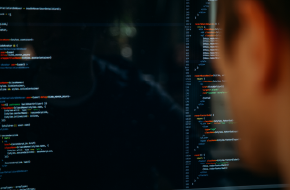
A new version of the BIPM key comparison database, the KCDB 2.0, was launched in October 2019. This followed 20 years continuous and efficient operation of the original KCDB. The new version provides a web-based user platform, which allows CMC data to be drafted and reviewed while being directly linked to the database.
The introduction of the KCDB 2.0 has led to an improvement in the quality management of data and a demonstrable reduction in the delay between submission to publication of internationally recognized calibration and measurement capabilities (CMCs). On average, the delay has been reduced by a factor of 2. The KCDB 2.0 includes enhanced functionality to allow the generation of numerical data on the CMCs and comparisons.
The growing issue of digitalization and machine readability is a hot topic with far-reaching consequences, which is being debated within many areas, including metrology. Industry and other stakeholders are increasingly requesting support for digital calibration certificates. In response to this requirement, the open access search facility for CMCs has received a significant enhancement with the introduction of an API (Application Programming Interface) that can be used to program CMC queries. The API KCDB can simultaneously query the same database that is available via the KCDB web to generate machine-readable CMC data. The API KCDB may be integrated into web applications, for example to adapt the service to languages other than English.
The API KCDB software represents the latest in the BIPM’s ongoing work to ensure that the KCDB remains at the forefront of the future digitalization needs of the metrology community. It is a possible precursor to the introduction of digital CMCs and ultimately for digital calibration certificates. The API is available via the KCDB website and an introduction video has also been made available: https://www.youtube.com/watch?v=lDHh_MC2p6s

2021 has been a fruitful year for ISO’s Committee on conformity assessment (CASCO) as great progress was made on the development of its five-year strategic directions for the period 2022-2026. In parallel, CASCO is reviewing the structure of the committee to ensure that it will be in a position to fulfil its forthcoming objectives.
The IAF-ILAC-ISO Joint Strategic Group (JSG) is a forum established pursuant to the Memorandum of Understanding signed between ISO, the International Accreditation Forum (IAF) and the International Laboratory Accreditation Cooperation (ILAC) to address matters of common interest to the three organizations, including matters of conformity assessment policy and practice as they relate to accreditation. The JSG is about to complete the revision of its terms of reference, which define all aspects of how it will carry out its mandate going forward.
In January 2021, the CASCO Strategic Alliance and Regulatory Group (STAR) agreed to focus its engagement efforts on sustainability issues, with a marked emphasis on the circular economy. STAR members felt the timing was right since sustainable solutions are needed to ensure full recovery from the COVID-19 crisis, and the circular economy is gaining traction in many countries. As a starting point, a task group has set to collect and examine existing literature covering concepts and trends of the circular economy, and its impact on the United Nations Sustainable Development Goals. It also gathered examples of current conformity assessment schemes as well as concrete private or governmental initiatives supporting the circular economy in different countries. With this preliminary phase over, the STAR will continue to work on an online tool or brochure that will offer guidance, borne out by practical examples, of how to approach the circular economy from a conformity assessment perspective.
On the technical side, CASCO has continued to work remotely, with six working groups active in the revision or development of conformity assessment standards. As such, it has recently published a revised version of one of its most prominent standards, ISO/IEC 17030, that provides general requirements for third-party marks of conformity, including their issue and use. It is also in process of revising ISO/IEC 17043, which specifies requirements for the competence of proficiency testing providers. The second Committee Draft is currently being balloted by CASCO and IEC members. Lastly, the revision of ISO/IEC Guide 60, Conformity assessment – Code of good practice, has now reached Draft International Standard (DIS) stage. The DIS, which was approved by ISO and IEC members, will be published as ISO/IEC 17060, acquiring full status as an International Standard.
Meanwhile, CASCO continues to manage the request clarification process for all requests received by the CASCO Secretariat pertaining to CASCO-developed standards. These deliverables are all developed in conjunction with the International Electrotechnical Commission (IEC). A total of 5 requests had been received by the end of September.

MoU between ILAC and WADA to be renewed
The International Laboratory Accreditation Cooperation (ILAC) and the World Anti-Doping Agency (WADA) officially formalized their partnership by signing a Memorandum of Understanding (MoU) on 15 November 2007 at the 3rd World Conference on Doping in Sport held in Madrid, Spain. After the initial signing of the MoU in 2007, the document underwent several revisions. The ILAC-WADA MoU has been reviewed and ratified every 3 years as follows:
In 2016, ILAC and WADA agreed to increase the duration of the MoU terms and conditions from three (3) to five (5) years. Consequently, the ILAC-WADA MoU is currently undergoing its regular review process by both organizations, and it is scheduled to be ratified by the ILAC Chair, Ms Etty Fellar, and WADA President, Mr. Witold Bańka, at the WADA Foundation Board meeting to be held on 25 November 2021 in Paris, France.
ILAC-WADA Liaison Group
As stipulated in the ILAC-WADA MoU, the ILAC-WADA Joint Working Group (also known as ILAC-WADA Liaison Group) is the main forum for coordinating the collaboration between WADA and the ILAC Full Member Accreditation Bodies (ABs) involved in the ISO/IEC 17025 accreditation of WADA laboratories worldwide.
The ILAC-WADA Liaison Group meets at least once a year. In the period from October 2020 to October 2021, the ILAC-WADA Liaison Group held two (2) virtual meetings:
The following topics were discussed during the April meeting:
The next meeting of the ILAC-WADA Liaison Group is scheduled for 21 October 2021.
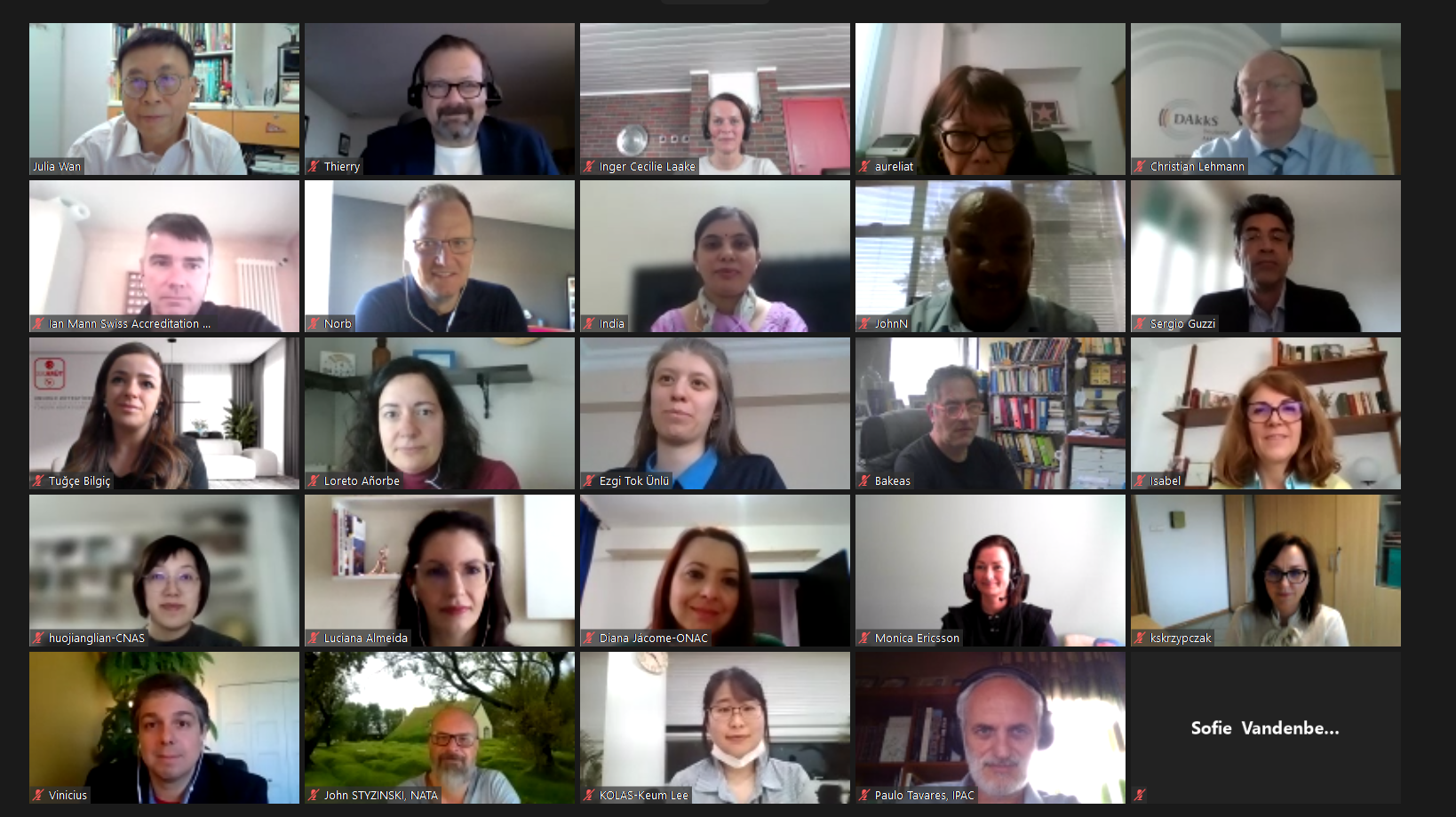
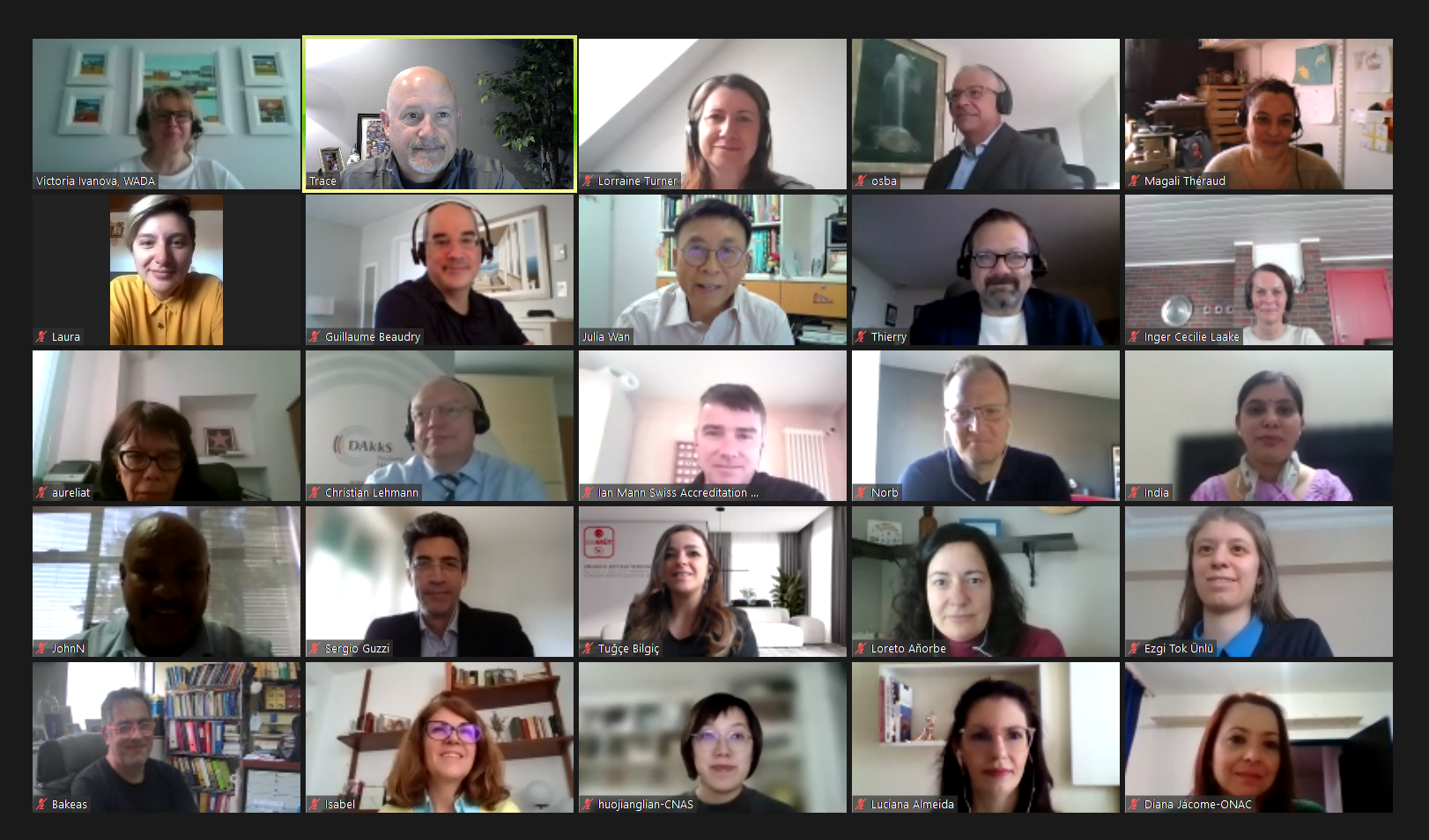

The Southern African Development Community Cooperation in Accreditation (SADCA) has published its 4th strategic plan. The strategic plan covers the period 2022 to 2026. The process started with the development of the Strategic Plan survey questionnaire which was subsequently circulated to stakeholders for completion. Inputs from stakeholders were then collated and analysed, following which two strategic planning workshops were successfully held, one with stakeholders on 25 March 2021 and then with the SADCA Executive Committee on 26 March 2021. All inputs were then consolidated into a draft strategic plan which was then circulated to all members for comment. The comments received were then considered by the Executive Committee following which the final draft strategic plan was circulated to all members and subsequently approved through Resolution 14 of the 25th SADCA General assembly held on 6 May 2021.
With a fresh design and colourful outlook, the 2022 to 2026 Strategic Plan covers the Chairperson’s Statement; SADCA mandate and aims, vision, mission and values; situation analysis; performance environment; organisational environment; performance information; and links to the long-term infrastructure and other capital plans, private partnerships, financial plan, budget, and indicator description.
Speaking during the SADCA General Assembly, Mrs Maureen Mutasa (SADCA Chair) thanked members for their input into the strategic plan; Dr Josias, the facilitator of the strategic planning process; and the SADCA Executive Committee for their hard work which has resulted in a well thought out strategy for the 2022 to 2026 period, during which the SADCA Mutual Recognition will be internationally recognized. A plan that supports the SADC industrialization thrust and sustainable development in the region, facilitates trade and regional integration and enhances human capital development and competence. A plan where SADCA will work towards self-sustenance of its operational activities and a plan where SADCA’s thrust will also focus on awareness creation on its MRA and designed to also increase membership in SADCA especially private sector involvement in its activities. A plan that avoids unnecessary duplication with the African Accreditation Cooperation (AFRAC). The 2022 to 2026 Strategic Plan was uploaded on the SADCA website and the link circulated to stakeholders for notification of its upload.
|
The Southern African Development Community Cooperation in Accreditation (SADCA) is a Cooperation of accreditation bodies in the Southern African Development Community (SADC) region. SADCA is a Technical Barriers to Trade (TBT) Cooperation Structure established under the TBT Annex to the SADC Protocol on Trade. SADCA currently has a total of 20 Members:
|
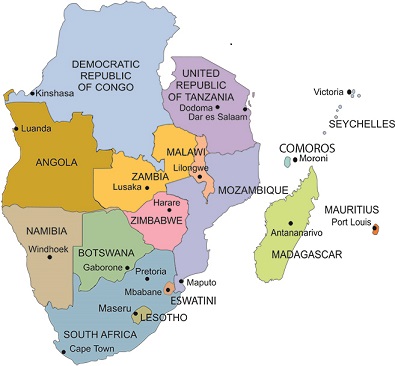 |

The 2021 edition of the International Congress of Metrology, held in Lyon, France, closed its doors on 9th September 2021. It was the first time the Congress was organised based on a hybrid model: conferences and roundtable talks being held simultaneously in Lyon and broadcasted online to the registered participants. This new model was very successful.
EA has been a partner of the Congress for 20 years and routinely present on the roundtables. In 2021, Maureen Logghe, the EA President, was accepted as a key speaker on the roundtable on “The Role of Metrology and Quality Infrastructures in the Transition to Industry 4.0”. We asked Maureen for her feedback on the event.
Being a speaker in a hybrid format, Maureen explains, creates new constraints and invites you to be creative when communicating to the public and presenting remotely. It takes some time to adapt to the hybrid model, particularly when engaging with participants you can see and, at the same time, those you cannot see and are raising their questions in writing only. Normally you would be able to interact directly with the audience, you can read the faces and how well your message has been received. This is not the case however, when you cannot see the participants on the other side of the screen. You have to change your method of communication to make sure all questions are answered and issues are communicated clearly. Exciting challenge!
On 8th September, the roundtable brought together all main actors of the international quality infrastructure involved in one way or another in what we call Industry 4.0. The EA President sat at the table with representatives of the International Laboratory Accreditation Cooperation (ILAC),, Organisation Internationale de Métrologie Légale (OIML), Industry, International Organization for Standardization (ISO) and the United Nations Industrial Development Organization (UNIDO).
All recognised that Industry 4.0 is no longer an issue for future discussion but rather a challenge we are facing at present. In our daily life we already use ‘connected’ objects and the internet is present in every facet of life, as illustrated by our ILAC colleague in their presentation on digital energy meters in our house. In industry or services, the applications of digitalisation are many and create new challenges for metrology, calibration, conformity assessment and accreditation, but also standardisation and regulations.
In Europe, the European Commission made Industry 4.0 a key European-wide challenge with a number of projects and initiatives in the Information & Communication Technology fields. Cybersecurity is just one example. The Cybersecurity Act will cover many areas, products, processes, supporting higher security and performance while protecting personal data. European legislations have for some time already incorporated in their contents the key challenges brought forward by Industry 4.0. however legislation should be future proof.
On the standardisation side, ISO/IEC 17011 has proved very recently to be up-to-date and fit for purpose as it already contained a definition of remote assessments. During the COVID-19 pandemic, its requirements enabled accreditation and accredited bodies to maintain their services remotely with the same level of reliability, competence and confidence. The standard requirements could be translated readily in the new procedures and processes supporting remote assessments. Working from home, by definition, has led to further development of existing and the introduction of new digital processes. ISO/IEC 17011, and the standards used for accreditation have not been an obstacle or a technical barrier. National Accreditation Bodies and Conformity Assessment Bodies have proven to be able to adapt and continue to meet the requirements. It has helped avoid discontinuity and maintain the quality chain in the market.
Testing of medical masks is a good example of how well the chain has been maintained, with manufacturers having to produce very quickly a lot of masks, laboratories to carry out the relevant tests and meet the urgent and big demand, accreditation bodies to perform the assessment of the labs and, ultimately, deliver accreditations to give confidence in the masks placed on the market.
The discussions around the table showed that all parties involved share converging views, interests and approaches. Industry 4.0 is not in the future, but in the present. Regulation, standardisation, conformity assessment, accreditation, all have had to adapt and anticipate “present future” changes. The issues of cybersecurity and artificial intelligence have been touched upon several times. Developing use of digital technologies, IA in particular in the many areas of metrology, calibration or in decision making processes gives rise to new challenges for conformity assessment and accreditation. All involved have to keep up with innovation and technology. EA and its members have proven to be innovative, developing use of technologies in their operations and taking up the new questions arising from use and exchange of personal data. Remote assessments have been implemented. Today, we are at the stage of sharing feedback and experience to reinforce our procedures while maintaining the necessary harmonisation. Back in 2017, EA had clearly prioritised digitalisation in its strategic development plan and now we can pick the fruits.
Even if convinced that the digital route is the route for the future, we have to be prudent. In the accreditation field, it cannot be sufficient just to only observe CAB staff performing tests and analyses remotely, there is still a need for further onsite assessment to see how they work. The human dimension is a major asset in conformity assessment processes. The purpose of accreditation remains confidence, it has not changed, and it cannot be based on virtual control only. Competence still needs face-to-face meetings, interviews and interaction. How to combine the tools and approaches will be the next challenge. It is already on the agenda for EA technical committees and EA members have a lot of experience to share, in many areas, from many different contexts and environments.
Furthermore the discussion in the roundtable panel showed that, individually, each actor cannot do it all. We are collectively, all involved in the quality infrastructure, that we will translate Industry 4.0 successfully in all aspects of economy and everyone’s daily life. This constitutes a fantastic incentive, we all have to make headway at the same pace, jointly.
Working together is nothing new for accreditors. Taking account of stakeholders and interested parties’ views and needs is well embedded in our daily work. We are ready and will continue interaction with all our partners, European and national regulators, industry, services, consumers, CABs. We are well aware of the risks and will take up the challenge.
